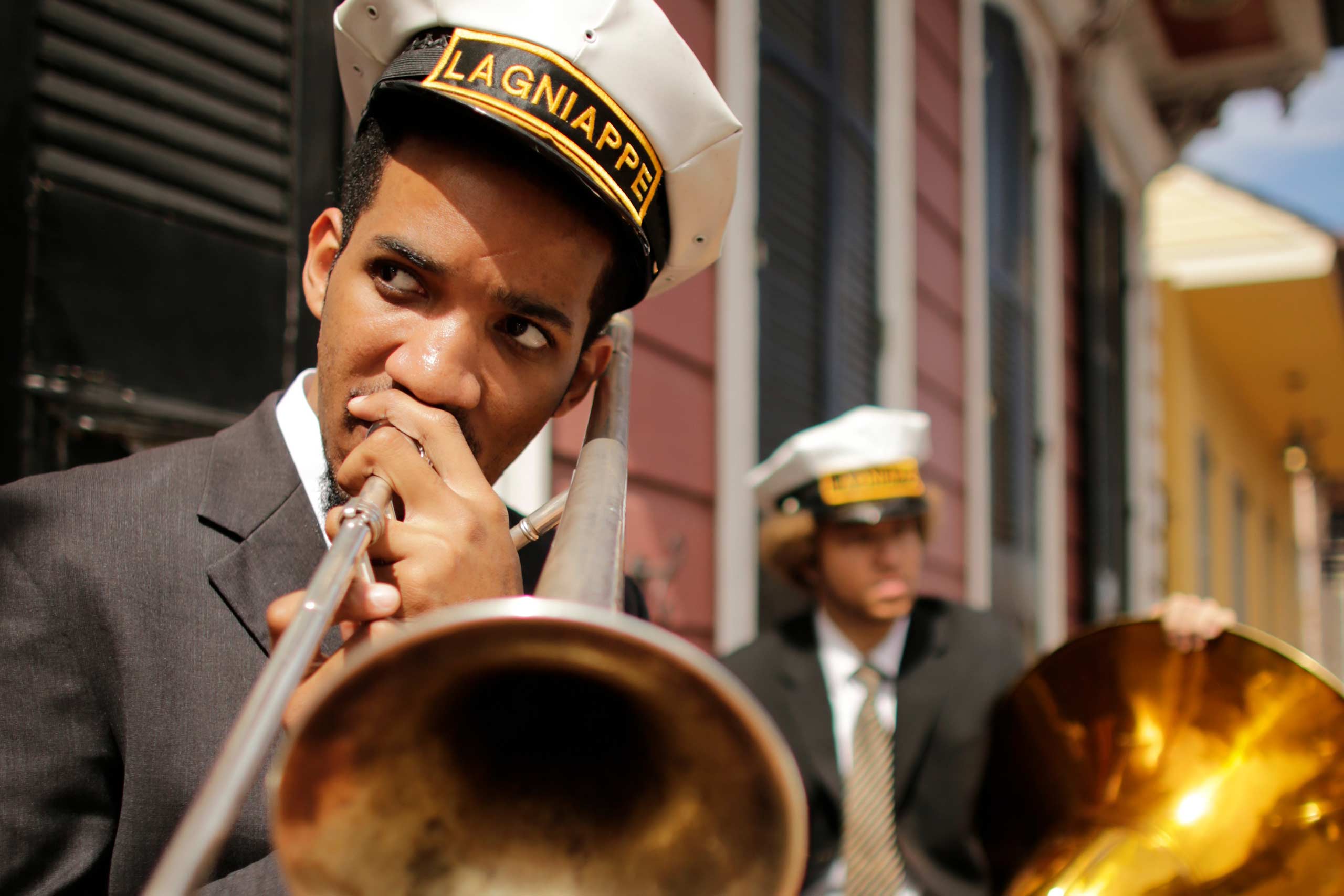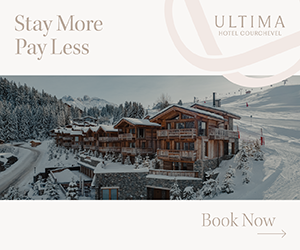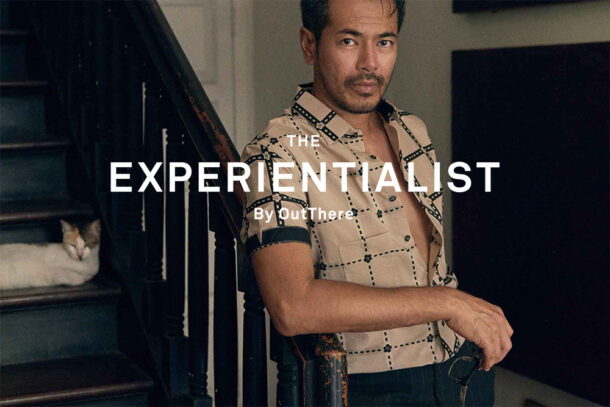We love America for all its glorious eccentricities, but while travel to the USA might feel a tad more nuanced these days, it’s precisely in times like these that we like to remind travellers that beauty and kindness are often found in the most unexpected of places. Louisiana – a state renowned for its ‘Southern hospitality’, which more often than not manages to float charmingly above the political fray – is one of those places. Locals here welcome guests from every walk of life with open arms, full plates and a deep-rooted sense of community. Plus, a Louisiana road trip isn’t merely about ticking off towns on a map; it’s about diving headfirst into a culture that is joyfully, unapologetically itself. And that, in our humble opinion, is a rather splendid reason to hit the road.
There’s something wonderfully fancy-free and mildly rebellious about a road trip. A proper one, mind you – not just nipping up the motorway with a packet of Trebor Extra Strong mints and an audiobook. Epic road trips are journeys of colour and flavour, challenging stereotypes and encouraging a deeper connection with the places we pass through. For OutThere travellers, it is an opportunity to support a region where culture and individuality shine brightly, even when the broader political landscape feels clouded.
Louisiana has always been a state that dances to its own beat, despite the hum of conservatism that often surrounds it. This is not the South of clichés, but rather a jubilant swirl of Creole and Cajun cultures, where diversity is part and parcel of everyday life. Creole and Cajun expressions are vibrant threads woven into Louisiana’s identity and showcase the state’s extraordinary diversity. Both cultures emerged from a fascinating blend of influences, shaped by centuries of migration, colonisation and resilience.
Creole culture was born in colonial Louisiana, especially in New Orleans, as a complex fusion of French, Spanish, African and Caribbean influences. While the term ‘Creole’ originally referred to descendants of European settlers, it has evolved to include people of mixed European and African ancestry, many of whom were enslaved or born into slavery. The culture that flourished is the result of their resilience and a reflection of this harrowing history. From its architecture and music to its world-renowned cuisine, where French techniques meet local ingredients and West African traditions in dishes like gumbo, jambalaya and pralines, Creole culture is a living legacy shaped as much by oppression as it is by creativity and survival.
Cajun culture, on the other hand, traces its roots to the Acadians – French settlers who were exiled from Canada’s Maritime provinces in the 18th century. After their arduous journey south, they settled in the rural bayous and prairies of Louisiana. Cajun culture is distinctly rustic and community-oriented, with a language, cuisine and musical tradition of its own. From toe-tapping zydeco (a musical form created by Black Creoles) and fiddle-led Cajun music to hearty dishes like boudin and crawfish étouffée, the Cajun way of life is about perseverance and joie de vivre.
For us, what makes a Louisiana road trip exceptional is the interplay between these cultures; layer on top of that the wider mosaic of Native American, African American and more recently, immigrant communities. This diversity gives the region its rhythm, its ingenuity and that famous Southern hospitality that lives up to the hype.
At the Experientialist, a new Spirit of Louisiana road trip itinerary has fully caught our attention (and has our bags half-packed). It promises ten days of self-driven immersion connecting the lively cities of New Orleans, Baton Rouge, Lafayette and Lake Charles like the beads on a Mardi Gras necklace. And for OutThere travellers who believe in exploring the world with open minds and fuller hearts, this journey is an invitation to embrace a place where individuality thrives.
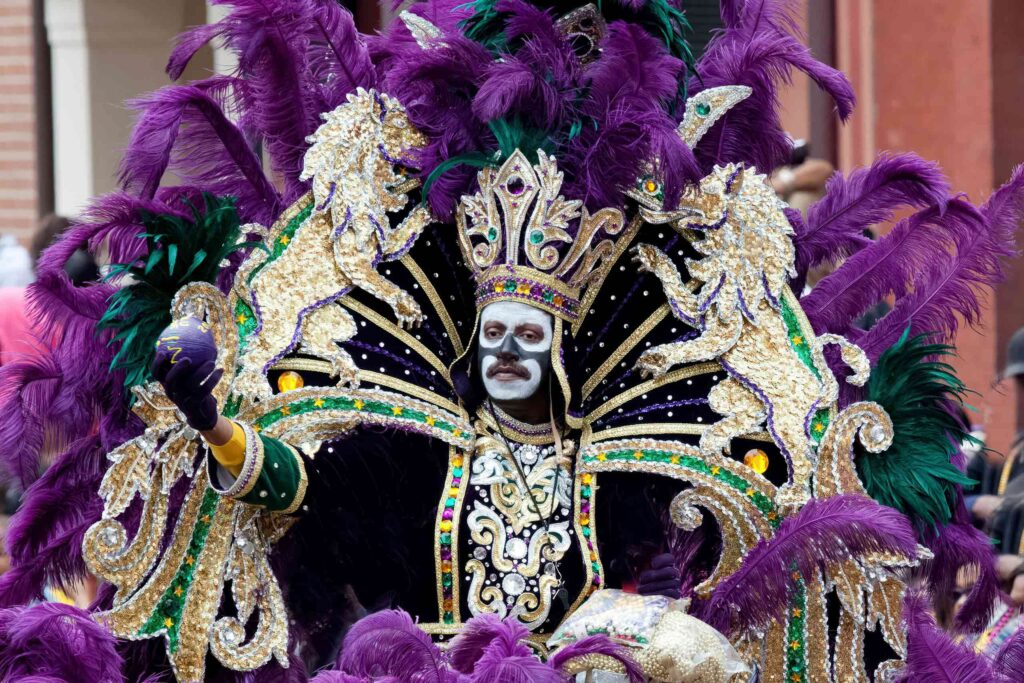
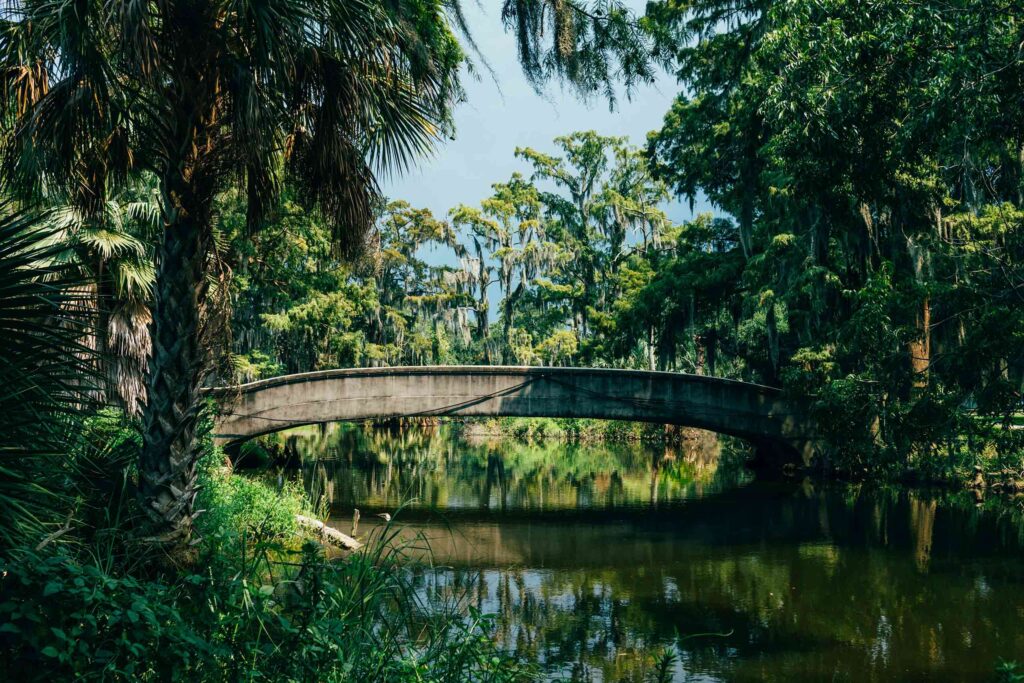
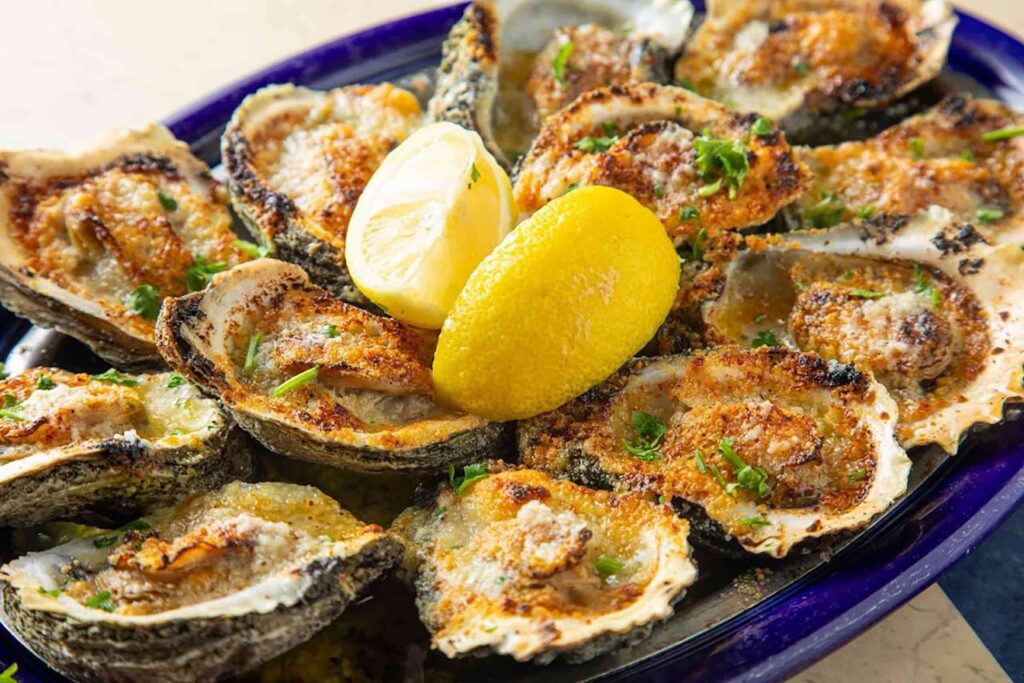
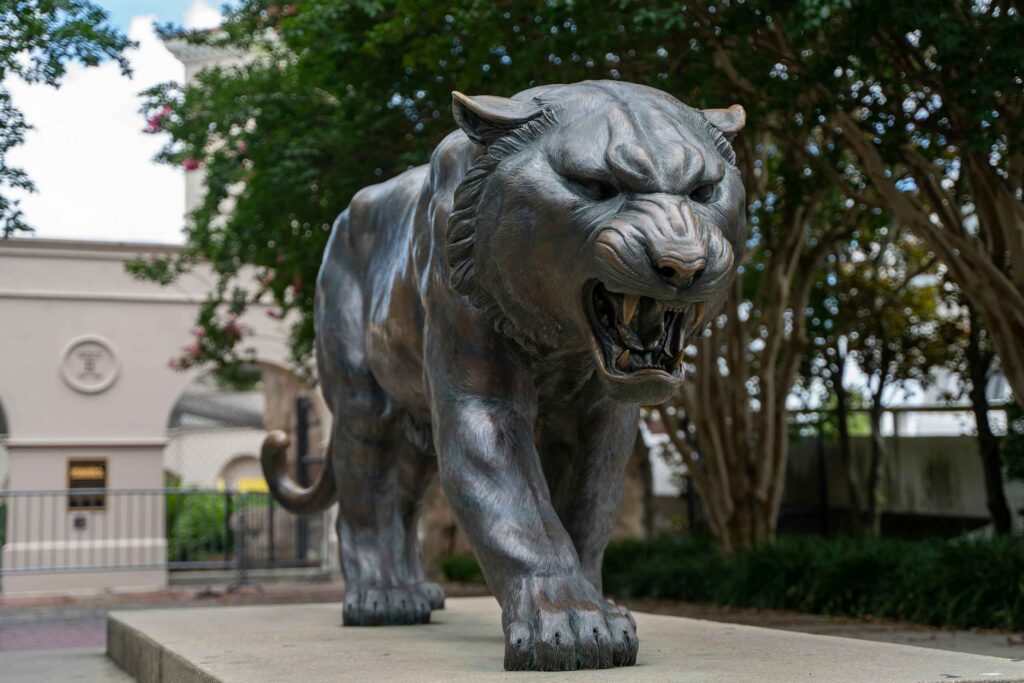
New Orleans
This Louisiana road trip begins, as all good stories here do, in New Orleans – a city that defies easy description. It’s a cocktail of cultures with a jazz riff, a love letter written in beignets and brass bands. The historic French Quarter is the perfect launchpad, with its cobbled streets and languid charm. Here, you can stroll past the wrought-iron balconies of Royal Street, the sounds of street musicians trailing you like a second-line parade. Every street corner offers a new melody, every doorway a fresh adventure. OutThere travellers will find themselves drawn to the eclectic mix of art, history and hedonism, where there’s always room for one more at the table and every story is worth hearing.
Of course, there’s the infamous Mardi Gras, a glitter-soaked explosion of parades, costumes, brass bands and king cake-fueled chaos that climaxes on ‘Fat Tuesday’ (the day before Ash Wednesday, usually in February or March). It’s not just a day, though; it’s a whole season of revelry that kicks off in January and builds to a crescendo of fabulous parties. For a beautiful and popular (if the lines that go round the block are anything to go by) twist on the traditional Mardi Gras king cake – a tasty ring-shaped treat with a tiny plastic baby baked into it – head to Dong Phuong Bakery. The ‘Bánh Vua’ was born out of the vibrant Vietnamese-American community in New Orleans
And for the queer community, New Orleans embraces LGBTQ+ travellers with an open spirit all year round. The scene here is vibrant and unfiltered, with the French Quarter at its heart, where Bourbon and St. Ann Streets collide. From the iconic Café Lafitte in Exile – the oldest continuously operating gay bar in the United States – to drag brunches that are equal parts gospel and glitter, NOLA’s queer scene thrives in a rainbow-hued celebration of life and relentless revelry that gives a cheerful two fingers to the conservatism of the day. Everyone is welcome in NOLA. And that’s not just a sticker on the door. We heard it from the city’s Mayor, LaToya Cantrell herself, who incidentally is New Orleans’ first Black female leader.
Culinary curiosity is also a must in the Crescent City. At Peche, the crab rice is nothing short of revelatory – an ode to the Gulf’s bounty served with a side of Southern hospitality. Then, there’s Dooky Chase. Chef Leah Chase, a culinary icon more commonly known as the “Queen of Creole Cuisine”, has been billed as the inspiration for Princess Tiana in Disney’s The Princess and the Frog. At Jewel of the South, potent cocktails – stories in themselves – are crafted with precision. And then, of course, there’s the beignet. Whether you opt for the tourist-thronged Café du Monde or the more serene Criollo, this icing sugar-covered delight is a rite of passage, ideally consumed without regard for the state of your shirt.
Baton Rouge
Leaving New Orleans for the next stop on this Louisiana road trip is a bit like stepping away from a particularly captivating conversation – reluctant but intrigued by what comes next. But the road to Baton Rouge promises new tales.
En route, make a stop at the Whitney Plantation Museum in Wallace, just half an hour outside the city. This is one of the most significant and emotionally powerful places to learn about slavery in the United States. It’s the only plantation museum in Louisiana with an exclusive focus on the lives of enslaved people, told through their own words, memorials and restored buildings. Be sure to take the guided tour, which is deeply moving and educational, often drawing from oral histories and first-person narratives.
The state capital of Baton Rouge is just a few paces down from New Orleans – less of a whirlwind and more of a slow waltz. Settle into some home cooking while you’re here; you’ll need as much fuel as your car for the drive. Stop by The Chimes or Louisiana Lagniappe, both well-known restaurants. The former is famous for its Creole and Cajun staples like jambalaya, crawfish étouffée and gumbo, while the latter is ideal if you’re after fresh seafood dishes, including crawfish, shrimp and oysters.
To bring some of their secret sauces home, pay a visit to Anne Milneck at Red Stick Spice Co. She’ll have you cooking like a local in no time. Her classes are a heady mix of culinary know-how and unabashed enthusiasm, and her shop is brimming with bold flavours you can pop into your suitcase.
If you’re lucky enough to be in town on game day, dive headfirst into the American tradition of college football, where donning some purple and cheering for the LSU Tigers is a civic duty. It’s the sort of experience that feels simultaneously foreign and familiar. Louisiana State University (LSU) has taken notable steps to support LGBTQ+ inclusion within its sports programmes. The university’s Division of Engagement, Civil Rights & Title IX oversees the LGBTQ+ Center, a vibrant hub for support and programming aimed at fostering inclusivity. As with any university town, Baton Rouge is diverse in and of itself, with a student body representing all 50 U.S. states and over 120 countries.
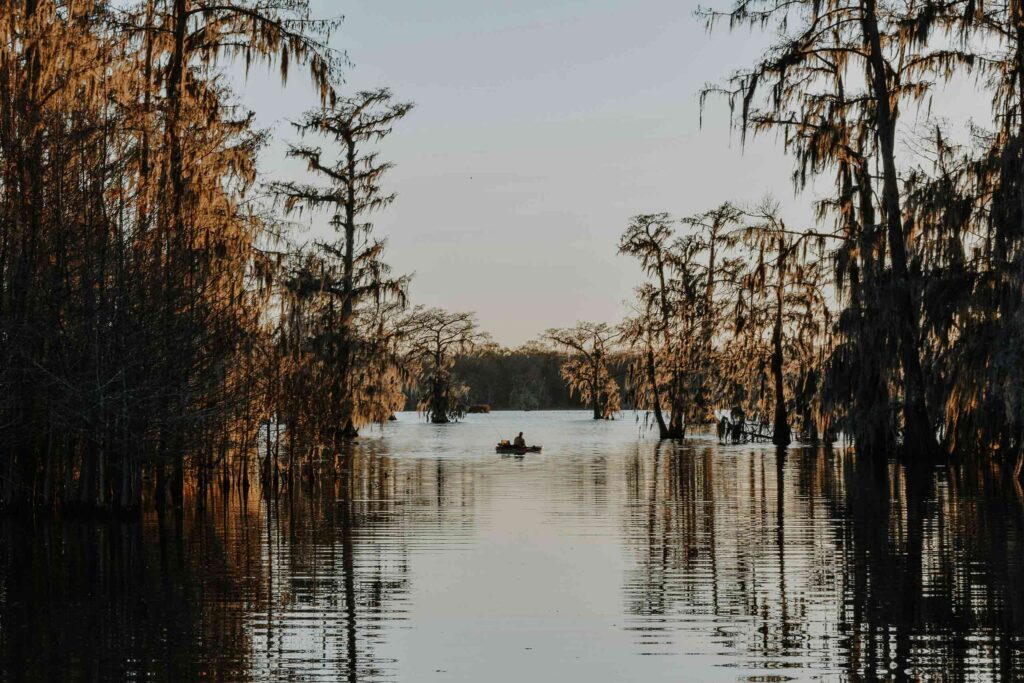
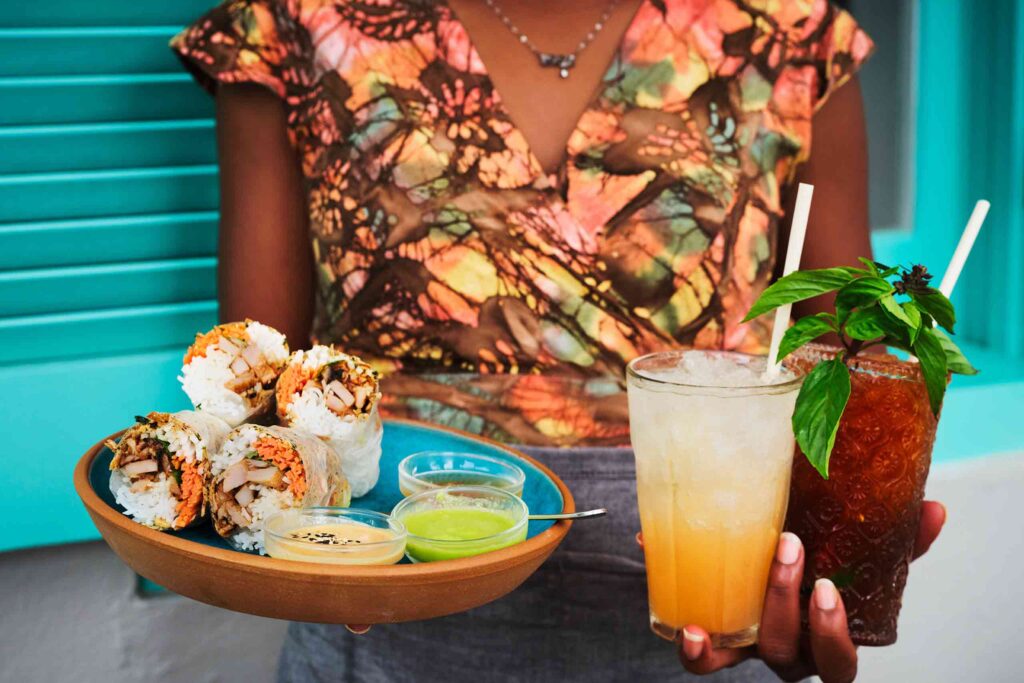
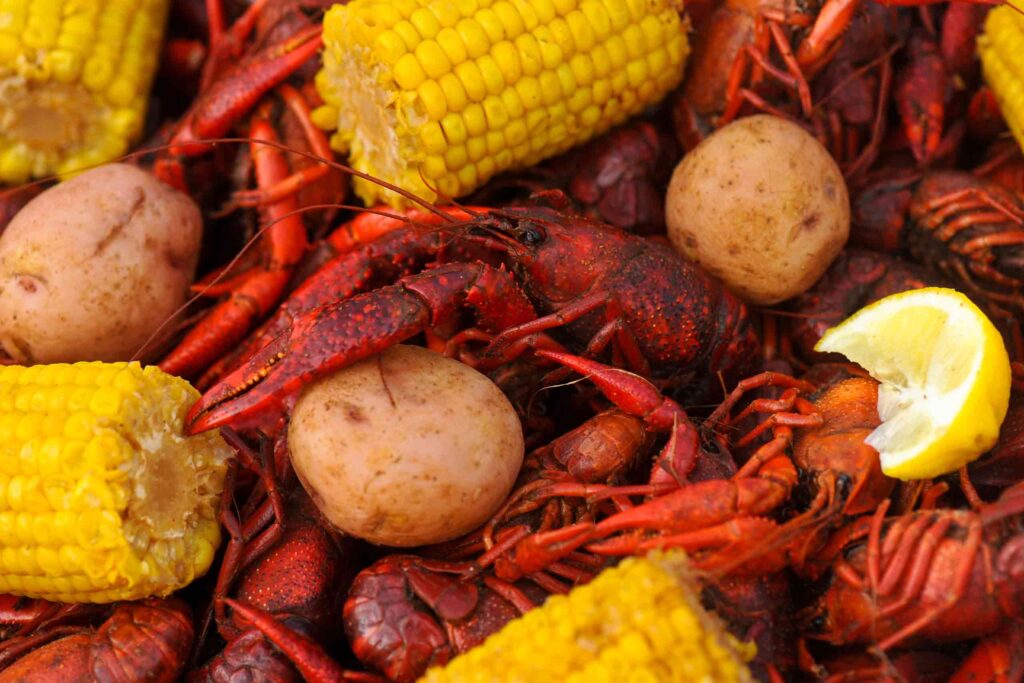
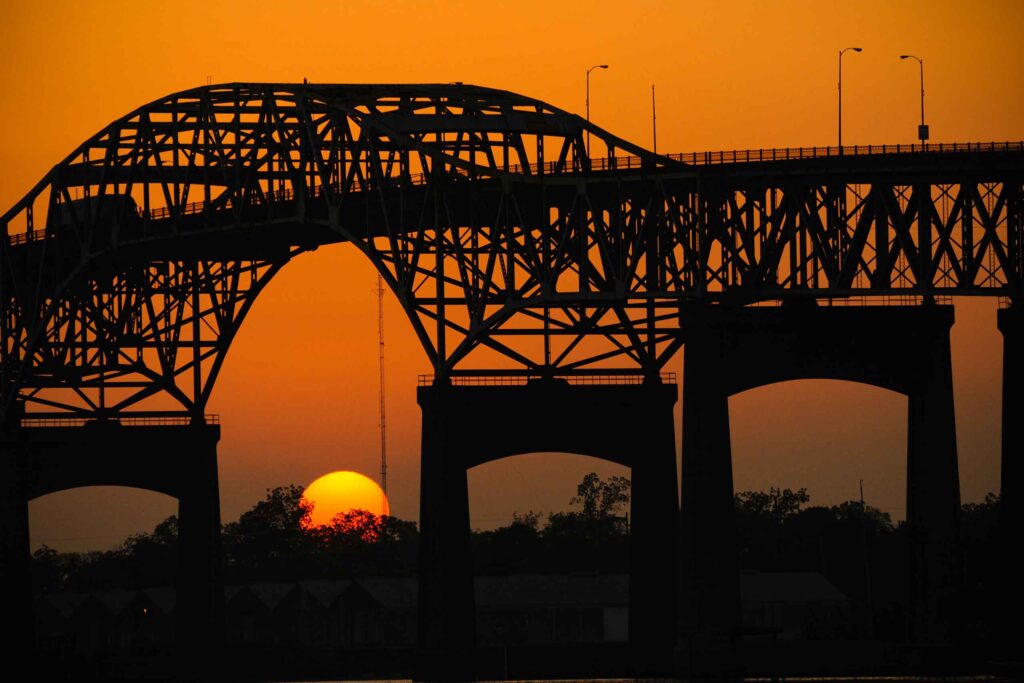
Lafayette
Further west, Lafayette offers a change of scenery on your Louisiana road trip. On the way, we suggest a quick detour to the Prairie Acadian Cultural Center in nearby Eunice, a modest but fascinating space dedicated to preserving Cajun culture through artefacts, music and storytelling.
If you’d rather take Route 10 than Highway 190, you can enter Lafayette via Breaux Bridge. Known as the “Crawfish Capital of the World”, Breaux Bridge is a charming small town with a laid-back vibe and as Cajun as it gets. We recommend dropping into La Poussière, a beloved, authentic Cajun dance hall, or timing your visit with the Breaux Bridge Crawfish Festival in May (which is, unsurprisingly, exactly as billed).
From there, why not stop in St. Martinville, one of Louisiana’s oldest towns, for insight into the Cajun people who settled in the region? Visit the Acadian Memorial, commemorating the history of the Acadians exiled from Canada, and take a tour of Longfellow-Evangeline State Historic Site, linked to the Longfellow poem Evangeline, which romanticised this very migration.
In Lafayette, the Atchafalaya Swamp awaits – a hauntingly beautiful place where you can commune with nature (or at least glide past it in a boat). Home to alligators, egrets and a pervasive sense of mystery, these bayous feel like slipping into an old legend. Each April, the city hosts Festival International de Louisiane, a five-day celebration of the region’s rich Francophone heritage and global connections. Established in 1986, it’s now the largest free Francophone festival in the U.S. “Génial!”
To understand how these cultures – including those of Native Americans – converge, visit Vermilionville Historic Village. It features Native American exhibits alongside Acadian and Creole history and honours the displaced tribes such as the Chitimacha, Coushatta, Tunica-Biloxi and Choctaw (Jena). You’ll also learn about the Louisiana Purchase of 1803 and its impact on land acquisition and native displacement.
The dining scene here is equally compelling. Spoonbill Watering Hole & Restaurant serves up rustic charm on a plate, while Vestal provides a more polished experience without sacrificing Southern warmth.
Lake Charles
The final leg of the Louisiana road trip brings you to Lake Charles, in the southwest corner of the state, affectionately known as Louisiana’s Playground. It’s a fitting finale, where the Gulf of Mexico (yes, Mexico!) beaches offer a lungful of salty air and well-being.
We adore the historic Charpentier District, where you can wander among preserved 19th-century homes built by master artisans. While not strictly Cajun or Creole, the area showcases the European influence on local architecture and culture.
Lake Charles is also a splendid spot to immerse yourself in Mardi Gras magic, particularly at the Mardi Gras Museum of Imperial Calcasieu. Here, a riotous collection of costumes and artefacts explores the carnival traditions unique to Creole and Cajun communities. It’s Mardi Gras with educational value – and glitter.
By now, you’re hungry again (inevitably). Why not check out some Black-owned eateries? Mama Reta’s Soul Food is our recommendation, delivering comforting dishes rooted in family tradition.
Leave some time for Panorama Music House, which has also become a hotspot for LGBTQ+ events. Alongside live music, they host drag shows, themed brunches and Pride parties, adding to the inclusive atmosphere of Lake Charles.
This may bring your OutThere Louisiana road trip to a close for now, but we hope not with a full stop, but with an ellipsis and a gentle suggestion that maybe, this won’t be the end of your own Louisiana story.
African American Heritage Trail
Stroll through a city where jazz was born and changed the sound of music forever. Discover the legacy of a trailblazing leader who shattered political barriers. Uncover the stories of those who escaped slavery to take up arms for freedom — and trace the ripple effects of one defiant act on a train that helped ignite a movement for justice.
With landmarks in all the cities visited on this Louisiana road trip, the African American Heritage Trail is a statewide journey through nearly 40 historic sites that spotlight the profound impact of African Americans on the state’s culture, politics and identity.
www.neworleans.com | www.visitbatonrouge.com | www.lafayettetravel.com | www.visitlakecharles.com
Photography courtesy of respective city tourism organisations


